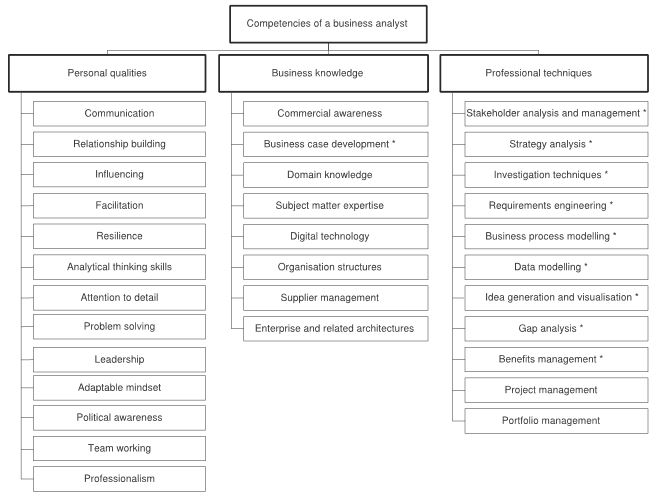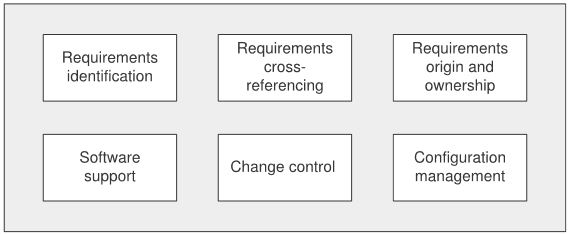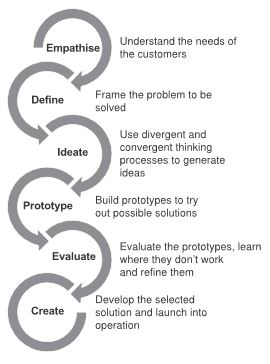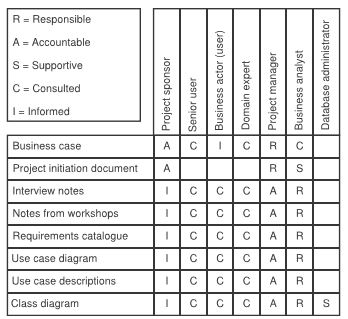The Business Analyst
by Etienne Pretorius

The process of finding and defining business requirements as well as coming up with solutions to business issues is known as business analysis. Business analysts collaborate with firms to enhance operational procedures and system performance, boost productivity, and promote expansion. By conducting research, gathering and analysing data, and coming up with recommendations, they assist firms in understanding their processes and locating areas that need improvement.
A business analyst’s job often entails a number of crucial tasks, including:
- Identifying and establishing business requirements: Business analysts collaborate closely with stakeholders to grasp their needs and objectives as well as to spot any problems or opportunities that need to be solved.
- Company analysts analyse existing business procedures to find inefficiencies, bottlenecks, and places that can be made better.
- Creating solutions: Business analysts provide solutions that will aid an organisation in achieving its objectives by using their grasp of business needs and process analysis.
- Working closely with stakeholders to understand their demands and make sure that solutions are in line with the objectives of the firm is the business analyst’s responsibility.
- Business analysts may also be in charge of organising teams, overseeing projects, and making sure that solutions are delivered on schedule and within budget.
Business analysis is a profession that encompasses a wide range of tasks, procedures, and strategies to help a business change for the better. Business analysts are often in charge of making sure that the solutions offered are in line with the organization’s overall strategy and that they add value to the company.

Business analysts use a variety of tools to help them in their work. Some of the most commonly used tools include:
Requirements management tools: These tools help business analysts to capture, track, and manage requirements throughout the project lifecycle. They can be used to document and organize requirements, and to ensure that they are aligned with the overall project goals.

Data analysis tools: Business analysts use tools such as Excel, SQL, R, SAS and others to analyze data and extract insights. These tools can be used to conduct statistical analysis, create data visualizations, and identify patterns and trends.
Process modelling tools: Business analysts use process modelling tools such as BPMN, flowcharting, and Visio to document and analyse business processes. These tools can be used to identify inefficiencies and areas for improvement, and to communicate process changes to stakeholders.

Project management tools: Business analysts use project management tools such as Jira, Trello, Asana, and MS Project to track progress, manage tasks, and ensure that projects are delivered on time and within budget.
Prototyping and mock-up tools: Business analysts use tools such as Axure, Balsamiq, Adobe XD, and Sketch to create wireframes and mock-ups of proposed solutions. These tools can be used to communicate design ideas to stakeholders and to gather feedback.

Communication and collaboration tools: Business analysts use tools such as Slack, Microsoft Teams, and Zoom to communicate and collaborate with stakeholders. These tools can be used to share documents, hold meetings, and manage workflow.

These are just a few examples of the many tools that business analysts use to support their work. The specific tools used will depend on the organization and the specific project, but the above list is a good starting point.
